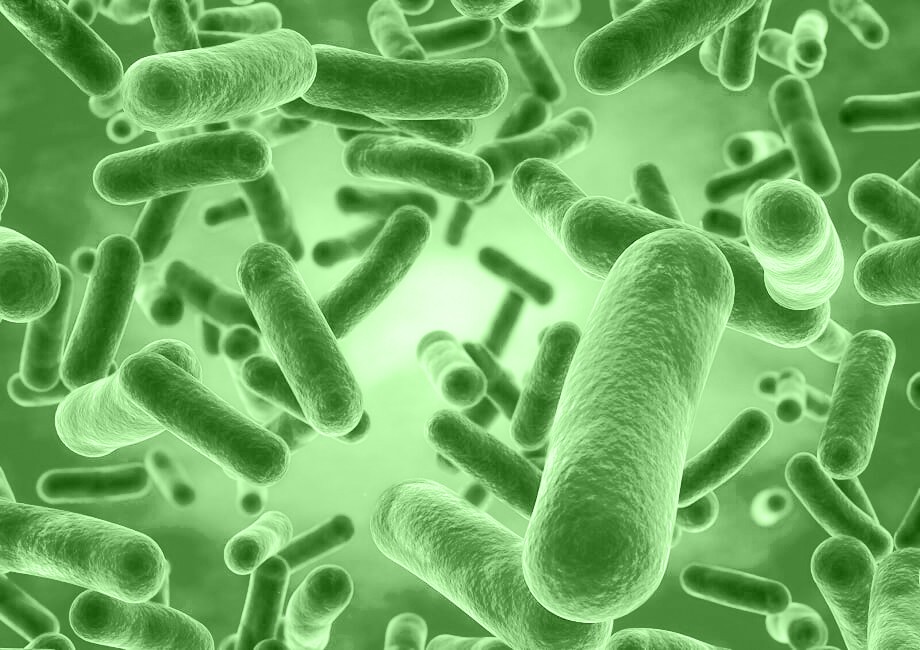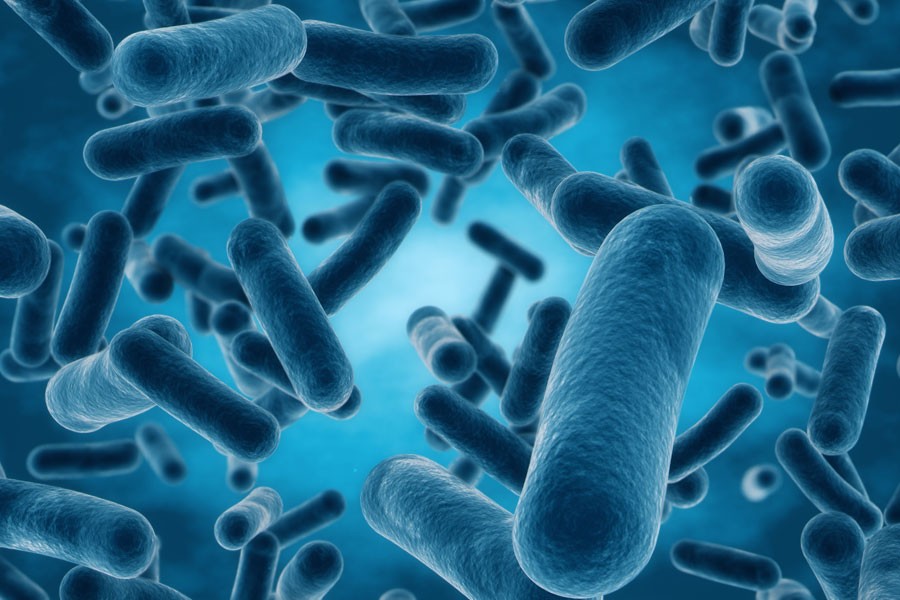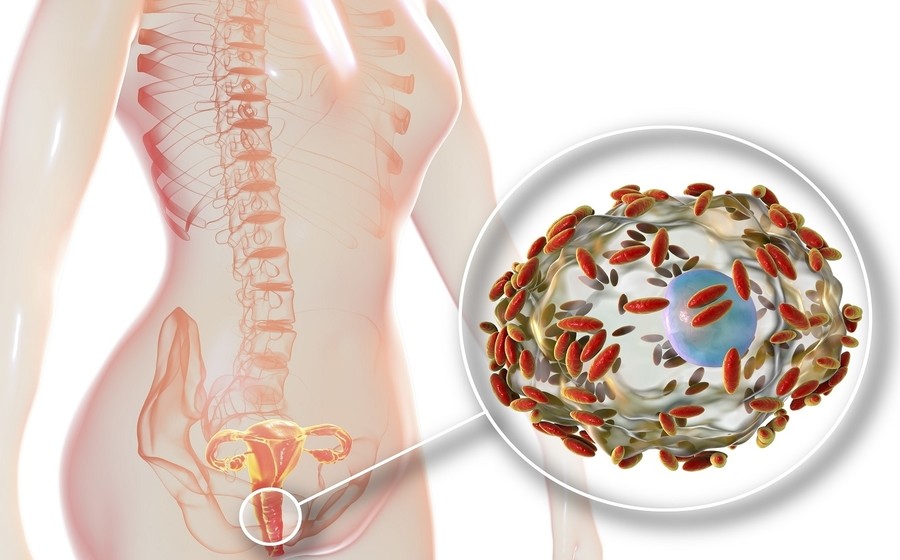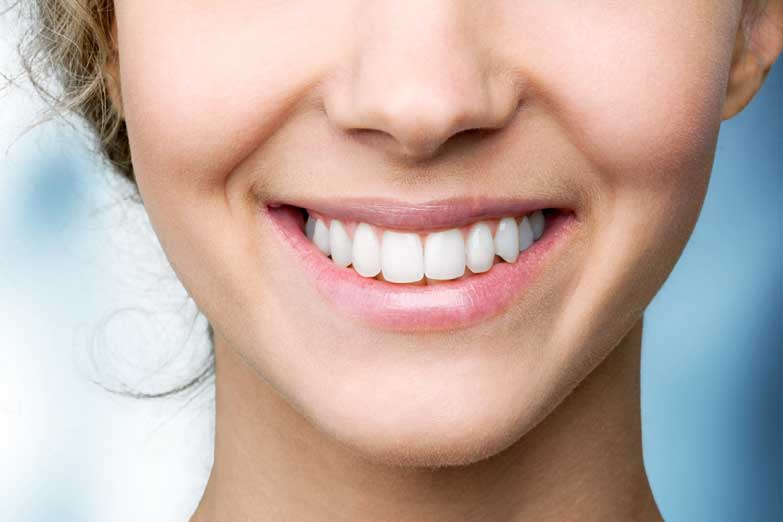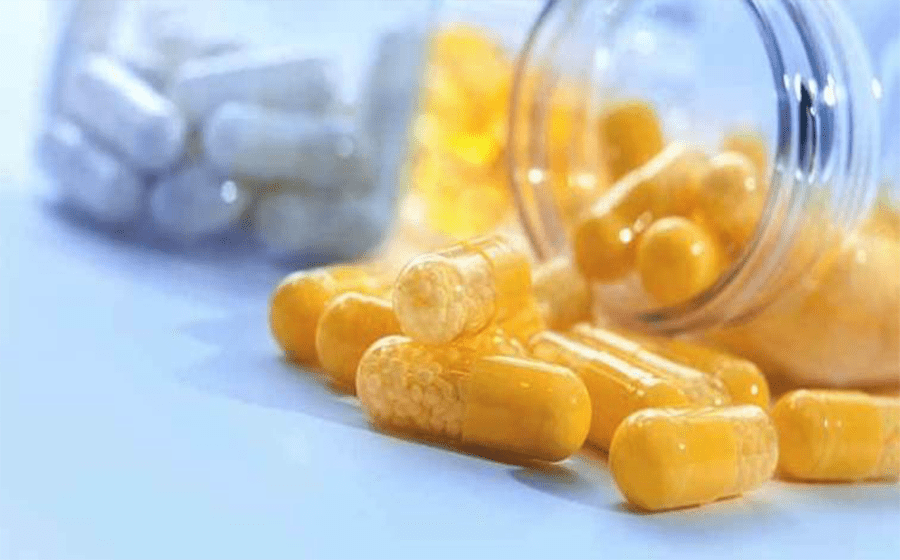Probiotics are made of good live bacteria and/or yeasts that naturally live in our body. These helpful microbes exert beneficial effects on host health by creating microbial balance in the digestive system. A variety of good bacteria has been explored to improve general health and well-being of humans and animals.
In probiotics Bacillus coagulans, a spore-forming microorganism, is one of the most promising candidate since it meets all the criteria to be considered as probiotic in human and animal feed industry:
(1) survive the passage through the gastrointestinal tract, acid and bile resistant.
(2) adhere to intestinal epithelial cells
(3) grow fast, colonize the intestinal tract, and then leave the body
(4) stabilize the intestinal microflora
(5) no signs of pathogenicity
(6) maintain viability both in food and drugs.
In the spore form, it is resistant to gastric fluid and bile and cannot be lysed during manufacturing processes and storage. In the duodenum, the spores of B. coagulans can germinate into vegetative bacteria showing probiotic activity and later excreted from the body without alteration of the individual human microflora’s composition. B. coagulans is not merely a component for dietary supplements but a number of drugs containing this bacterium have entered the global pharmaceutical market and have already proven their clinical efficacy. The probiotic is available in capsules and sachets, as well as in functional foods and dietary supplements in a dormant, spore-like state until they get activated in the intestines. Thus the B. coagulans bacterium can be called ‘the king of probiotics’ due to its high stability in the gastrointestinal tract, non-toxic action, and pharmacological activity.
The spores of B. coagulans are present in various natural food sources. The consumption of vegetative cells and spores of Bacillus spp. by human beings is frequent through fermented foods and raw vegetables. A diverse range of Bacillus species are found to be associated to the natural fermentation of soy, locust bean, maize, rice and many more substrates. For example, Natto (Japan), Gari (Africa) TapaiUbi (Malaysia), Douchi (China), Soibum (India), Ugba (Nigeria) etc. are among the popular functional foods naturally harboring the blend of Bacillus spp. and LAB. The palatability and health promoting characteristic of these locally produced supplements has also attracted the attention of global market. A diverse range of LAB and Bacillus spp. isolated from such indigenous foods has been studied and are being used for the commercial preparations of functional products.
The mechanisms by which spore forming probiotics could enhance health of the host include stimulation of immune system, synthesis of different antimicrobials, like bacteriocins, enzymes and modulation of the composition of gut microbiota. The mechanism behind establishment of gut homeostasis involves promotion of growth of other beneficial microbes and suppression of pathogen and pathogen induced inflammatory response of intestinal mucosa. The efficacy of beneficial probiotics is attributed to their tolerance to stress factors while most probiotics have a relatively short and unstable shelf life. The most important aspect of Bacillus coagulans is that it generates spores and imparts several health benefits of non-spore forming probiotics along with its ability to tolerate heat and stressful requirements of food processing as well as gastrointestinal tract conditions. Their success has led to the development and marketing of a broad range of products thus a promising potential in production of probiotic foods.
B. coagulans for human diseases:
The administration of B. coagulans can be considered as a preventive and/or therapeutic approach for human diseases. A variety of bacteria and enzymes exists within our gut. Choosing the right type of probiotics will help cultivate and maintain sustainable balance that encourages overall wellness. Bacillus coagulans helps the gut by providing lactic acid to the digestive system. Lactic acid helps regulate healthy pH levels to encourage a balanced environment and inhibit the growth of bad bacteria. B. coagulans can promote intestinal digestion. For example, B. coagulans strains can produce various enzymes that facilitate excretion and digestion. B. coagulans can regulate host symbiotic microbiota and inhibit the growth of pathogenic bacteria. By its ability to act on immune system, B. coagulans can significantly benefit the host immune system.
Host microbiota plays an important role in maintaining human health. Many diseases have been associated with an imbalance of the microbiota, whereas restoration of the microbiota has been demonstrated to maintain health and treat disease. Thus B. coagulans has the ablity to influence the diversity, composition and metabolic function of the intestinal and vaginal microbiota. coagulans has a proven safety record. B. coagulanshas been granted Generally Recognized As Safe (GRAS) status by the US Food and Drug Administration (FDA) due to the evidence supporting various probiotic effects of B. coagulans. EFSA has included B. coagulans in QPS list. Also, several in vitro and in vivo studies were performed to examine the toxicity of B. coagulans and no adverse effects are reported.
a) Effect on Digestive Health:
Digestive disorders can cause diarrhea, gas, bloating, irritation, and other concerns that directly affect quality of life. Bacillus coagulans helped relieve bloating and discomfort caused by digestive ailments and seems to alleviate gas and abdominal discomfort in otherwise healthy adults. Bacillus coagulans is a beneficial probiotic strain that helps to promote digestive health by encouraging a healthy immune system, normalize nutrient absorption in the body, and help balance gut flora. Similar to the Lactobacillus bacterium, Bacillus coagulans produces lactic acid inside the digestive tract.
Lactic acid is helpful in encouraging the growth of healthy bacteria while inhibiting the growth of harmful bacteria. Although B. coagulans can only temporarily reside in the intestine but it can significantly modulate the gut microbiota by increasing the number of beneficial microorganisms and antagonizing pathogenic microorganisms. B. coagulans has been reported to have a good regulatory effect on dysbacteriosis caused by various factors. Over 20% of people who take antibiotics experience antibiotic-associated diarrhea and Bacillus coagulans may be an effective remedy.
Consumption of B. coagulans helps:
- to increase populations of good bacteria including Lactobacillus and Bifido bacteria in the gut.
- coagulans can competitively outcompete several opportunistic pathogens, such as vancomycin-resistant enterococci and Escherichia coli, thereby maintaining homeostasis with the intestinal microbiota.
- coagulans create an anaerobic and acidic intestinal environment, which is not hospitable to various pathogens, thereby promoting the growth of healthy microflora.
- As facultative anaerobic bacteria, coagulans strains can consume free oxygen in the intestine thereby beneficial to the growth of anaerobic microorganisms such as Lactobacillus and Bifidobacterium.
Therapeutic benefits of B. coagulans may be related to its ability to produce antimicrobial compounds, thereby hindering pathogenic bacterial growth and balancing microbiota populations. B. coagulans strains secrete bacteriocin, a well-known antibacterial substance. The mechanism of action of bacteriocins relates to their ability to penetrate the surface of pathogenic bacteria, thereby inhibiting growth. In addition to bacteriocins, B. coagulans can also secrete other antimicrobial substances such as lactic acid and acetic acid.
Lactic acid is an important antimicrobial substance produced by B. coagulans in the human gut. Many in vitro studies have focused on the lactic acid fermentation characteristics of B. coagulans and demonstrated that B. coagulans can utilize various carbon sources to produce lactic acid in anaerobic conditions at temperatures under 50 °C, indicating the possibility that B. coagulans can produce lactic acid and its derivatives in the human GIT. In addition to its antimicrobial properties, lactic acid and its derivatives have also been shown to accelerate intestinal stem cell-mediated epithelial development in rats. Therefore, considering the high yield of lactic acid, B. coagulans may possess the ability to promote gut epithelial development and repair.
A recent study of Sanzyme Biologics, Bacillus coagulans SNZ 1969 strain was conducted on healthy subjects with mild intermittent constipation, supplemented with B. coagulans SNZ 1969 (BC) or the placebo for 8 weeks (n = 80). The results indicated that B. coagulans SNZ 1969, a spore-forming probiotic strain, reaches the colon intact and ameliorates intestinal motility and gut microbiota composition compared with the placebo group.
( DOI: https://doi.org/10.1016/j.foodres.2021.110428)
Another study with SNZ 1969 strain was recently published to evaluate the efficacy and safety of SNZ 1969 in individuals with GI discomfort. The results show that SNZ 1969 was found to be safe and effective in reducing GI discomfort, especially dyspepsia. Bacillus coagulans SNZ 1969 is an effective and safe option for relieving symptoms of abdominal discomfort, especially dyspepsia, in otherwise healthy individuals. It showed an improvement in total SODA scores, including specific symptoms such as burping/belching, bloating, heartburn, passing gas, nausea, bad breath, and sour taste compared with placebo.
( DOI: https://doi.org/10.52403/ijhsr.20220336 )
b) Effect on vaginal health:
Bacterial vaginosis is the most common vaginal infection worldwide, characterized by reduced lactic acid bacteria in the vaginal environment. The vaginal microbiome is dominated by Lactobacillus in healthy women. However, some pathogenic strains, such as Gardnerella, Mobiluncus and Atopobium can alter the balance of the vaginal flora, leading to bacterial vaginosis (BV).
Bacterial vaginosis (BV) has been reported in one-third of women worldwide at different life stages, due to the complex balance in the ecology of the vaginal microbiota. Bacterial vaginosis (BV) can occur when there is an imbalance in the vaginal microbiome (i.e., reduction in Lactobacillus spp. abundance) and overgrowth of certain microbial populations(s) in the vagina leading to vaginal discharge with a foul odor. BV-affected women may also encounter itch/burning sensation and discomfort around the intimate area. Antibacterial therapy is often ineffective in the treatment of the disease. B. coagulans can alleviate the symptoms of non-specific vaginitis.
The study aimed to evaluate the efficacy of Bacillus coagulans (SNZ-1969) against BV and the ability of this bacterial species to prevent BV recurrence in women aged 18–41 years was conducted. The study assessed 173 women, and of these women, 120 showed recurrent BV according to Nugent’s and Amsel’s criteria. These 120 women were randomly assigned to the following study arms: metronidazole arm and metronidazole + B. coagulans arm. The metronidazole + B. coagulans arm showed better success (86.6%) in treating and minimizing recurrence of vaginal infections. Oral supplementation with probiotics can be an efficient approach for the treatment of BV.
c) Effect on oral health
Oral microbiome is a complex ecological system. The oral microbial community develops with competition as well as synergy among the hundreds of species present in the oral cavity. Bacterial populations in the human oral cavity are constantly in a dynamic state of change. Oral microflora can cause dental plaques and are also a common cause of dental caries and periodontal disease. Various species of pathogenic bacteria known to present in oral cavity includes Streptococcus sps, Staphylococcus, Pseudomonas etc.
Probiotic consumption is reported to exert a myriad of beneficial effects in oral health. Many clinical studies are conducted to see the effect of B. coagulans SNZ 1969. The use of SNZ 1969 probiotic mouth rinses improves the oral health in children by significantly reducing the plaque and gingival scores. Treatment using probiotic B. coagulans SNZ 1969 resulted in reduction of cariogenic microorganisms. Thus Bacillus coagulans shows an economically viable probiotic for maintaining oral health.
d) Effect on host immune system
A growing body of evidence suggests that probiotics play an important role in maintaining human immunologic homeostasis. In recent years, B. coagulans has attracted great interest in this field due to its strong modulatory effects on host microbiota and immune responses with almost no safety concerns. Bacillus coagulans influences the body’s immune response by providing general support for all beneficial probiotic strains. A strong, robust community of bacteria in the gut help promote normal immune system health.
e) coagulans in functional foods:
Lactic acid bacteria (LAB; for example, Lactobacillus and Bifidobacterium and some Saccharomyces species) are the microorganisms most commonly used in probiotic food production. However, these microorganisms cannot survive heat treatment. Heat treatment is not applicable for most probiotic foods that contain commercial probiotic microorganisms due to their sensitivity to heat. It has been stated that this restriction could be overcome by the usage of spore-forming probiotic microorganisms. The survival and stability of these bacteria have considerably better compared to others through their spore-forming abilities.
They are identified as an ideal choice for development of functional foods by protecting their vitality in high-temperature applications. Interest in probiotic fortified functional foods and beverages continues to grow across countries. Exhibiting the characteristics of both Lactobacillus and Bacillus genera, Bacillus coagulans has attracted the attention of many food manufacturers and researchers for its use in the food industry. Cost-effectiveness and better stability and survival of Bacillus coagulans in high-temperature, heat treated food products are the major factors fostering the adoption rate of Bacillus coagulans in the food and beverages industry. Bacillus coagulans is being increasingly used in food supplements to strengthen the immune system, provide anti-allergy effect, and reduce gastrointestinal system infection.
Food supplements containing Bacillus coagulans has been shown to have a number of positive benefits –
- It can help digestion in the intestine and generate a variety of enzymes that aid in excretion.
- It can control the symbiotic microbiota in the host and prevent harmful bacteria from growing.
- It can significantly improve the host immune system.
- coagulans strains have been investigated in treating and relieving numerous human illnesses.
Thus administering B. coagulans might be a promising preventative therapeutic strategy for human illnesses. Bacillus coagulans have emerged as a trending probiotic which acts as a promising agent for modulation of diseases.
Sanzyme Biologics has been manufacturing Bacillus coagulans for more than 5 decades and a pioneer in the Domestic and International Markets. The strain Bacillus coagulans SNZ 1969 has received following certifications and approvals.
About Sanzyme Biologics:
Sanzyme Biologics was incorporated in 1969 as Uni-Sankyo, the first ever Indo Japanese joint venture in the healthcare industry. This was the first-generation biotechnology company in India which brought the concept of making enzyme and probiotics through fermentation technology. Over the last five decades Sanzyme Biologics established its strength in probiotics by developing special probiotic strains with in-house expertise, pioneered their applications beyond human health into aqua, veterinary, poultry and bioremediation, which are sold around the world.
Today, Sanzyme Biologics works with reputed companies to meet ingredient requirements in food, supplement, pharmaceutical and animal health segment.

